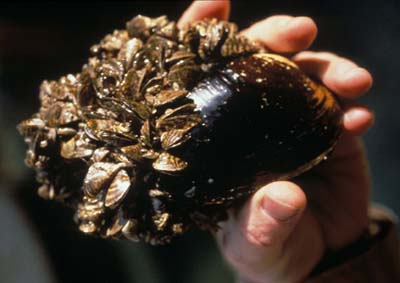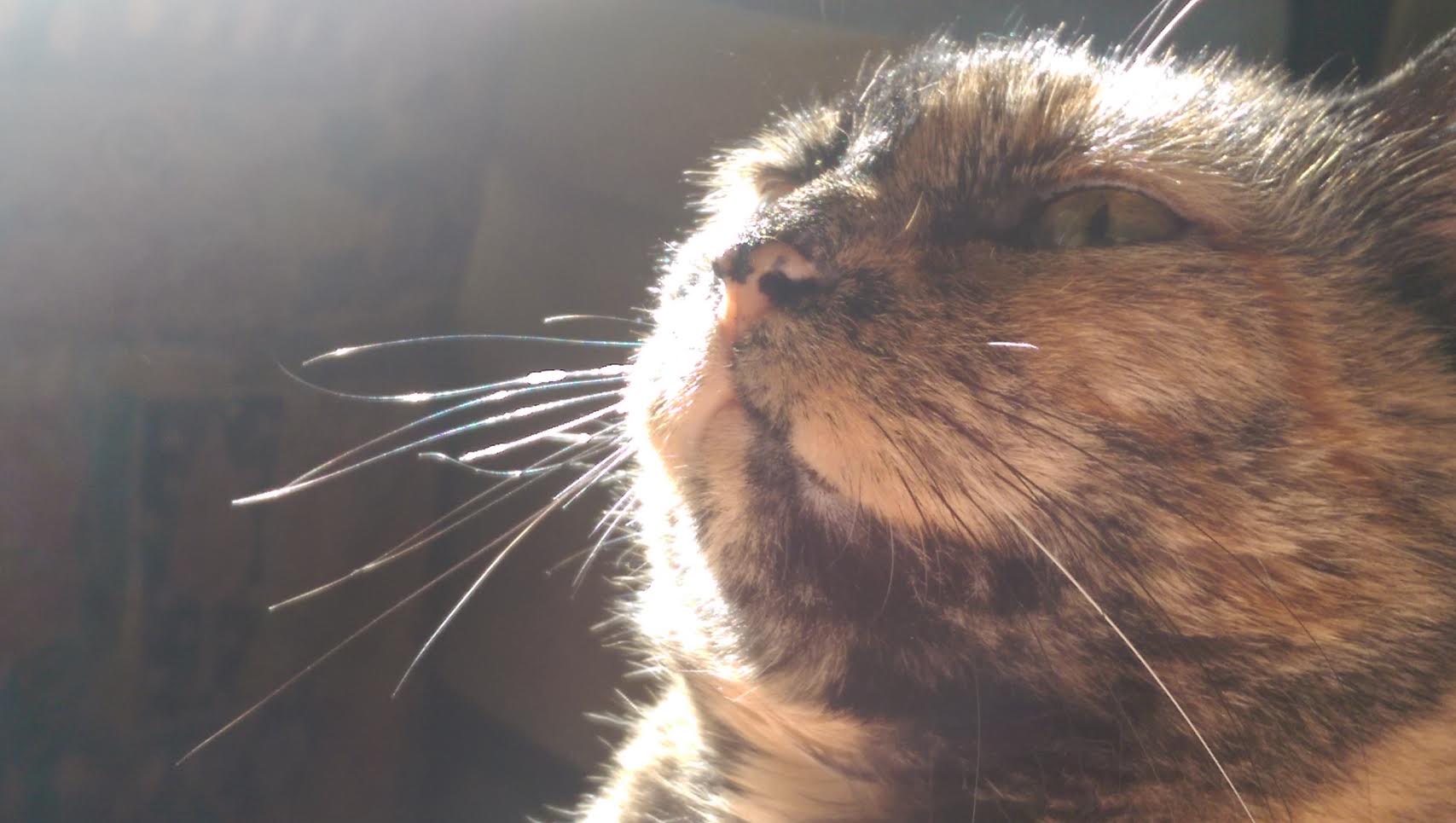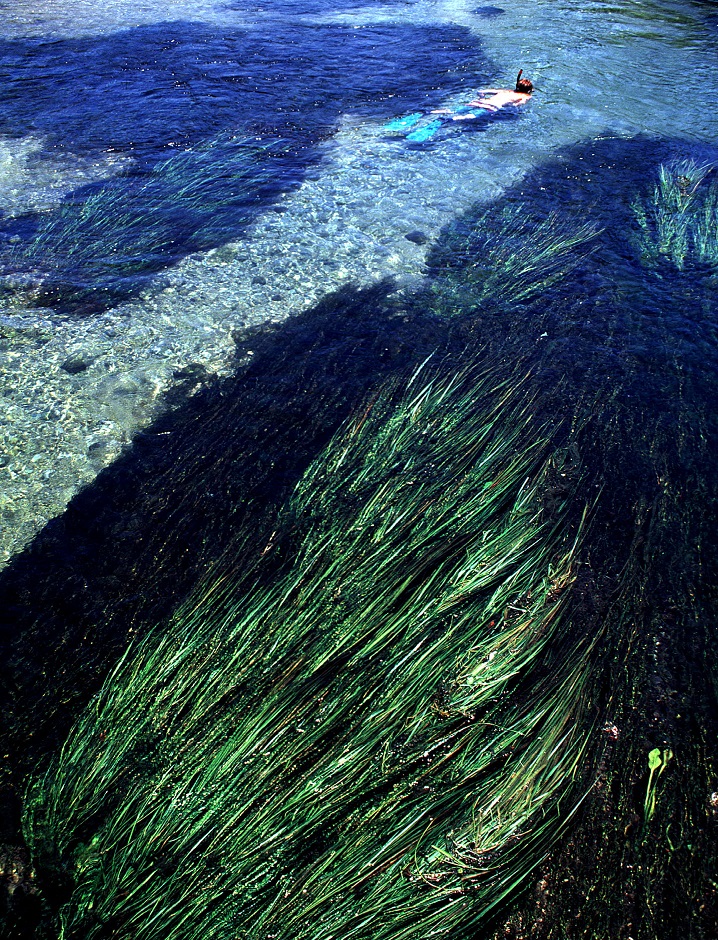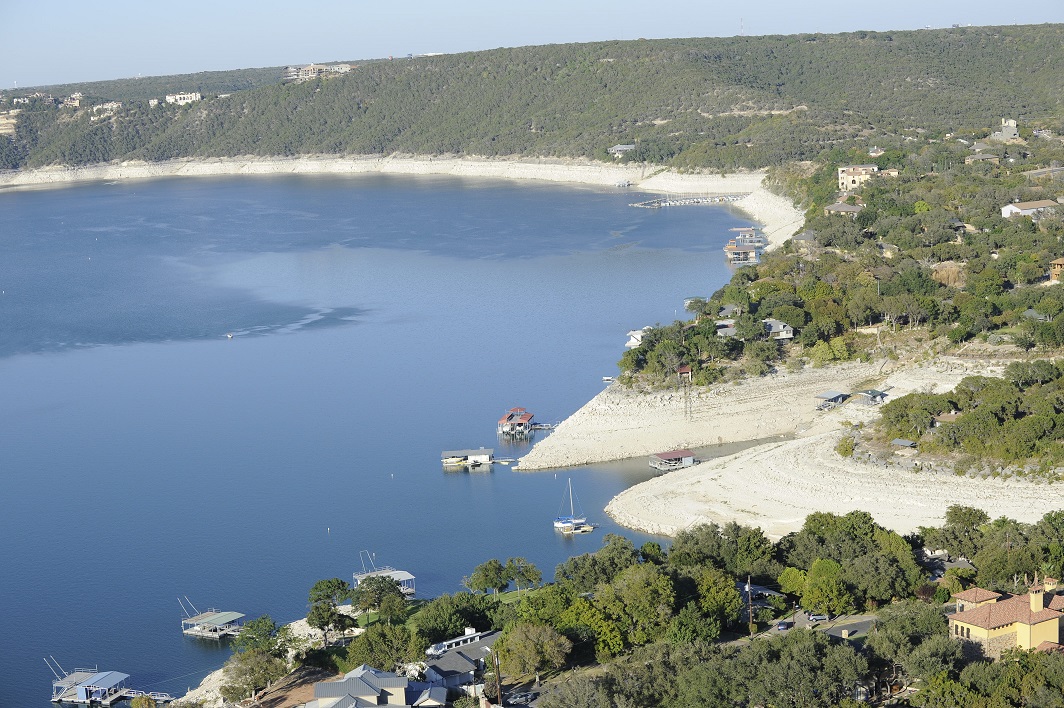Flooding and Aquatic Invasive Species
August 20th, 2015This is Passport to Texas
Texas lakes and rivers are full and flowing again thanks to an influx of water brought on by heavy spring rains. The downside is we could see the spread of invasive species as a result.
06- We always have to be vigilant about invasive species: zebra mussels…giant salvinia…water hyacinths…
Inland fisheries’ Dave Terre says improved water levels and boat ramp accessibility means more boaters on the water. He adds everyone must do what is in their control to prevent the spread of these species.
09- Make sure that you clean your boats and trailers; and dry your boats–and drain your boats–before going onto other water bodies. It’s the law.
Cleaning, draining and drying boats–that’s within our control. Mother Nature is not. When she soaked Texas, it’s possible she also flushed zebra mussels downstream.
25- Certainly, we’ll be monitoring that situation through time, but at this point it’s really unknown what impact these floods will have on the spread of zebra mussels across our state. But, anglers and boaters still need to be mindful about spreading these species by boat. [Clean, drain & dry] is the one thing we do have control over, and one thing that we can do. We’re always concerned about invasive species trying to keep them out of our water bodies. So we need to control what we can control.
Find information about invasive species at texasinvasives.org.
The Sport Fish Restoration program supports our series.
For Texas Parks and Wildlife, I’m Cecilia Nasti.






 Passport to Texas is a
Passport to Texas is a  Passport to Texas is made available by:
Passport to Texas is made available by: